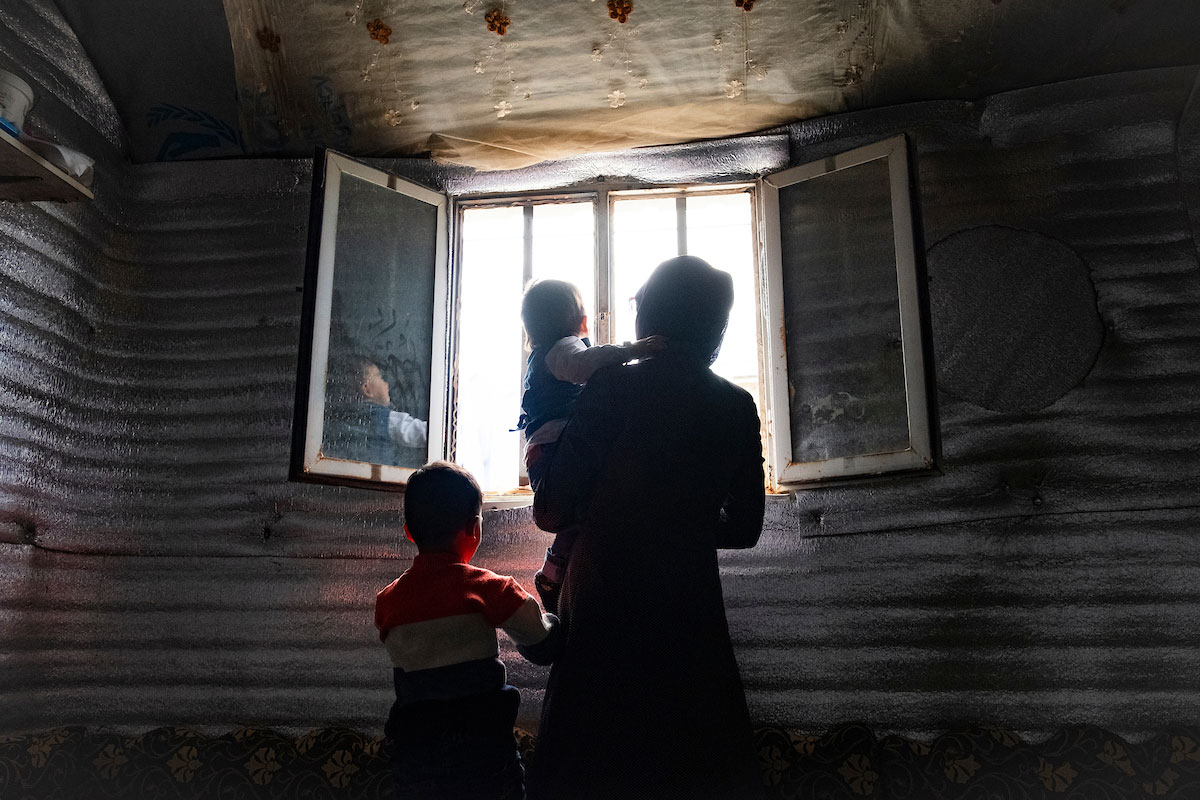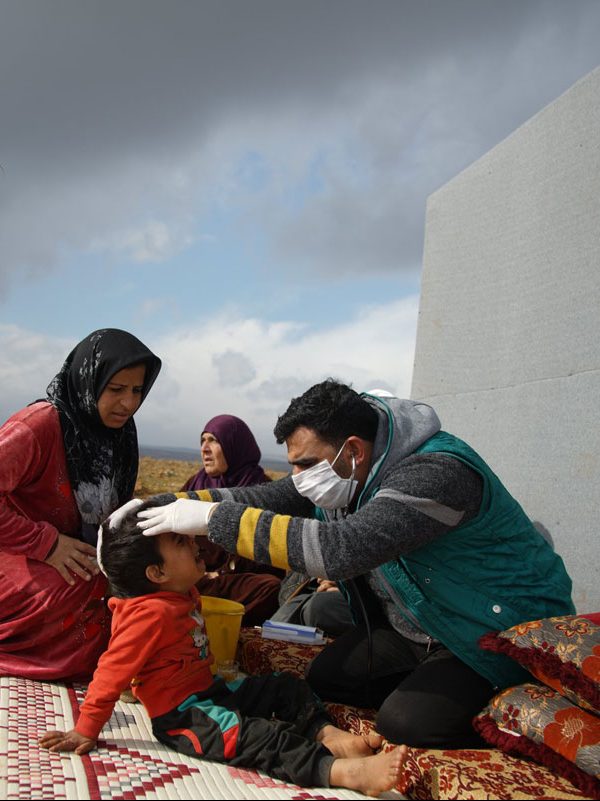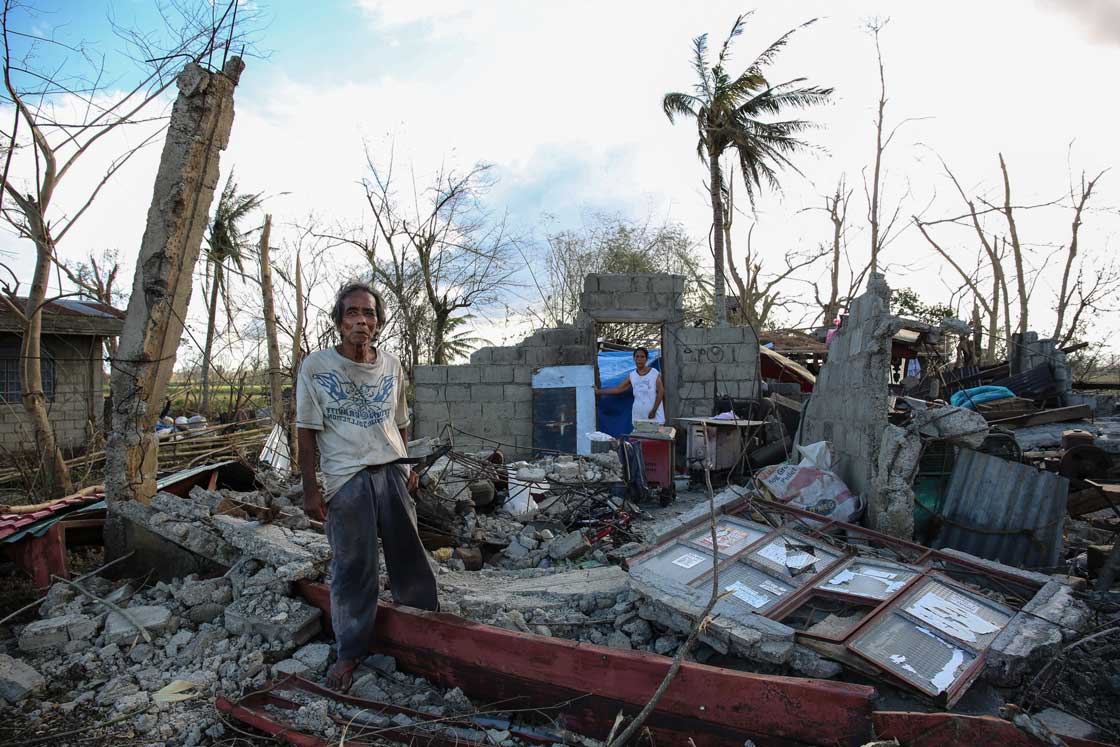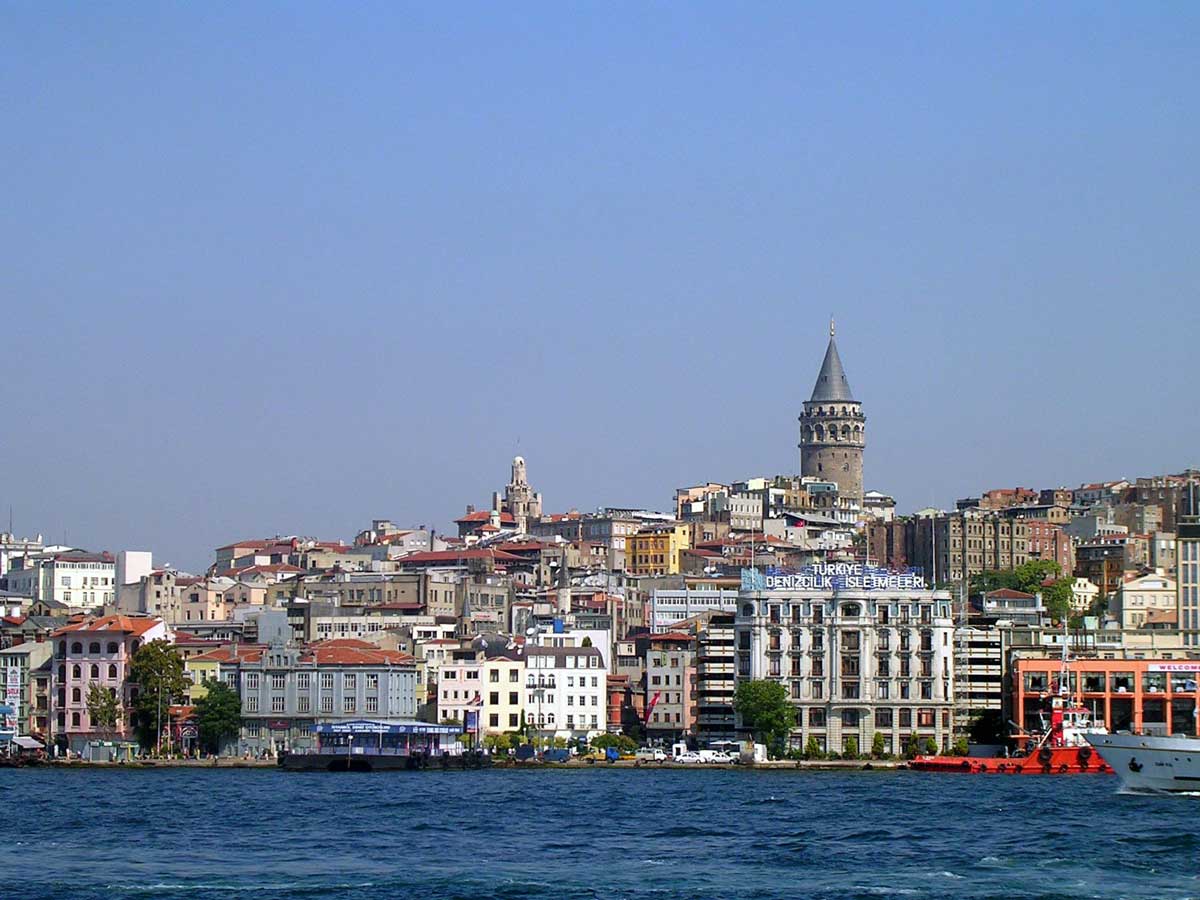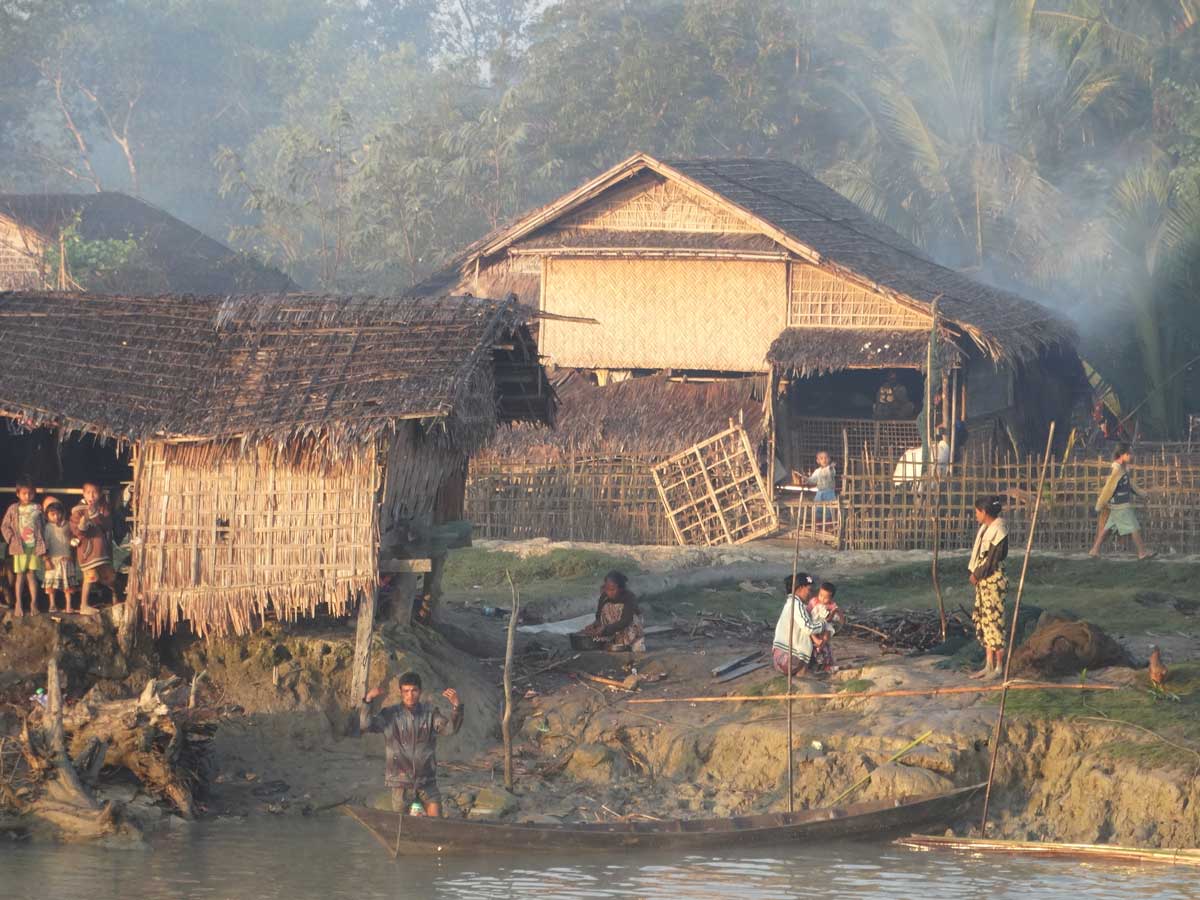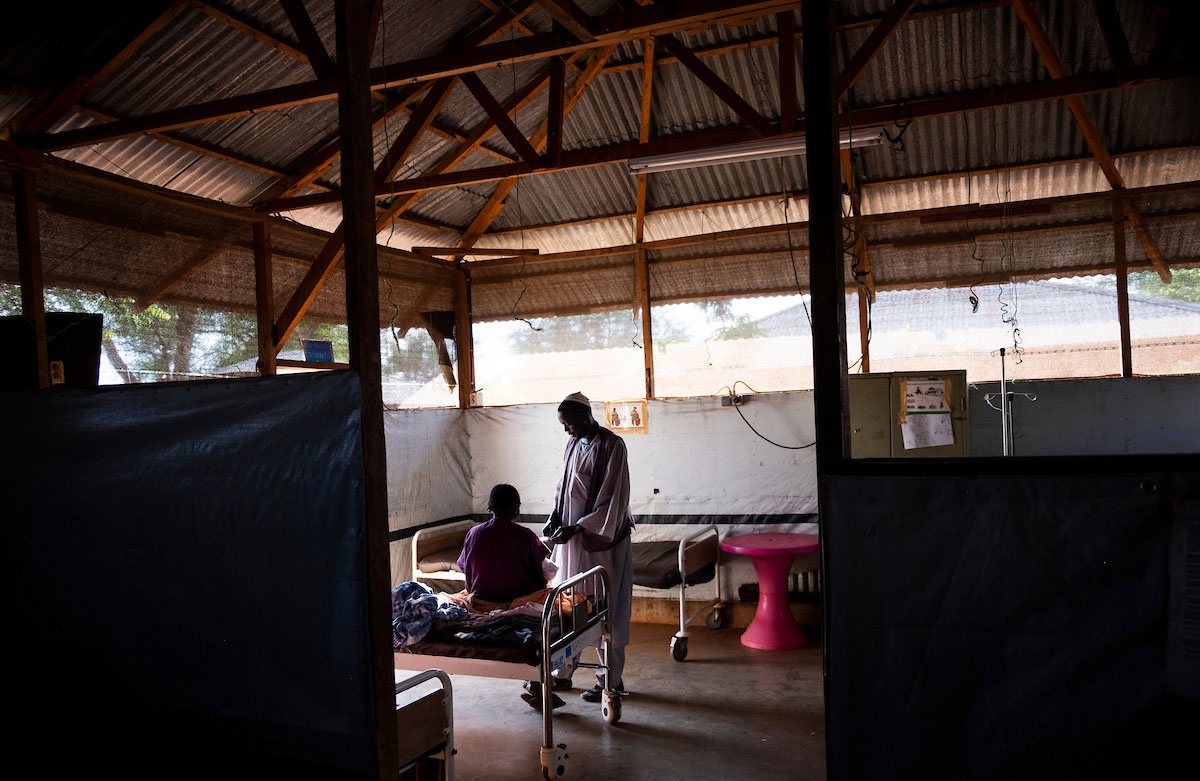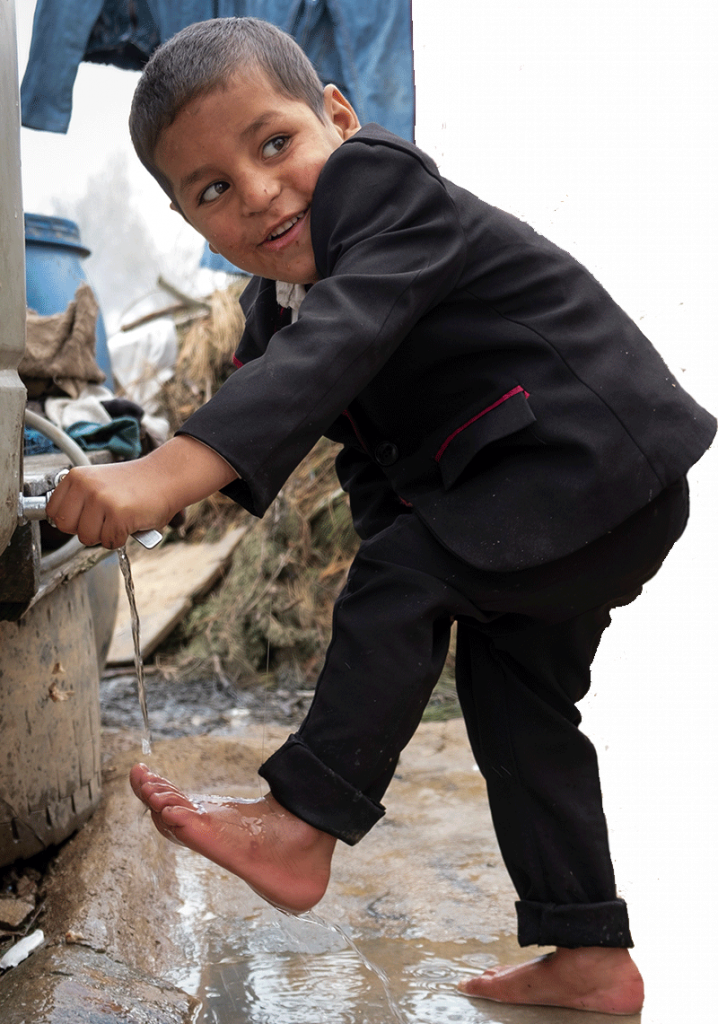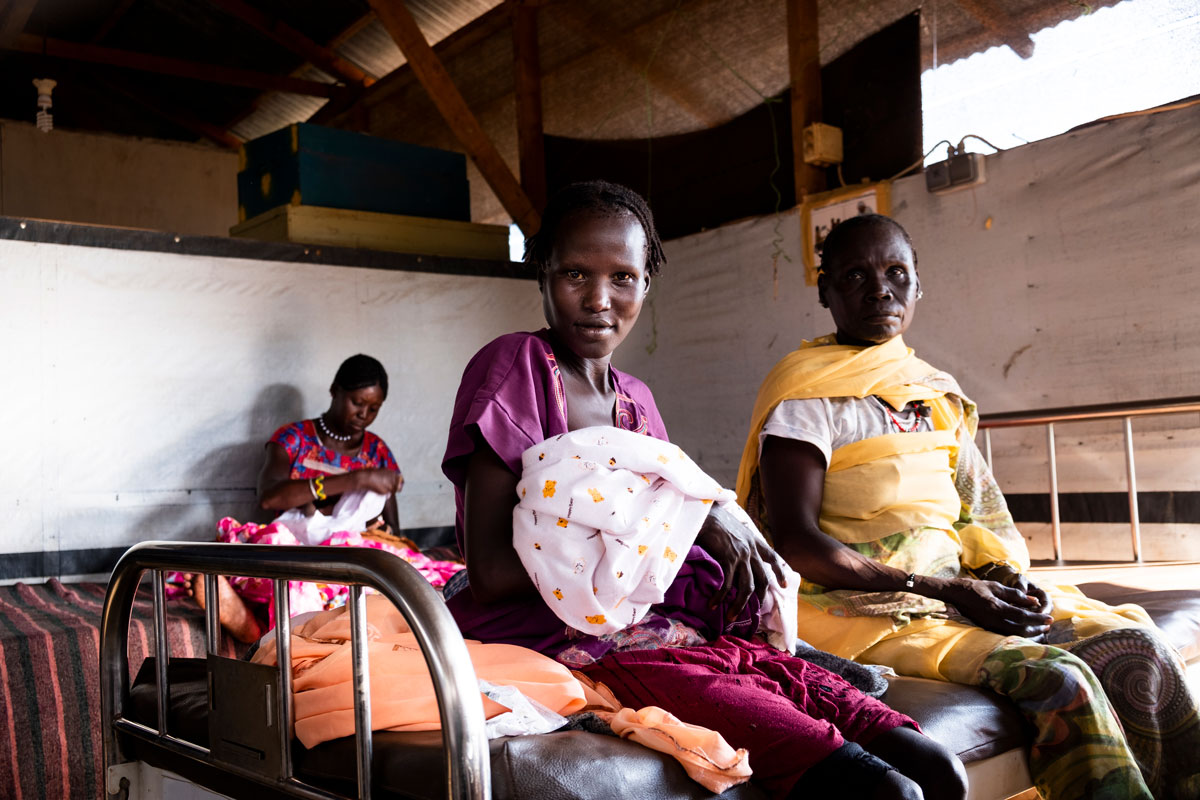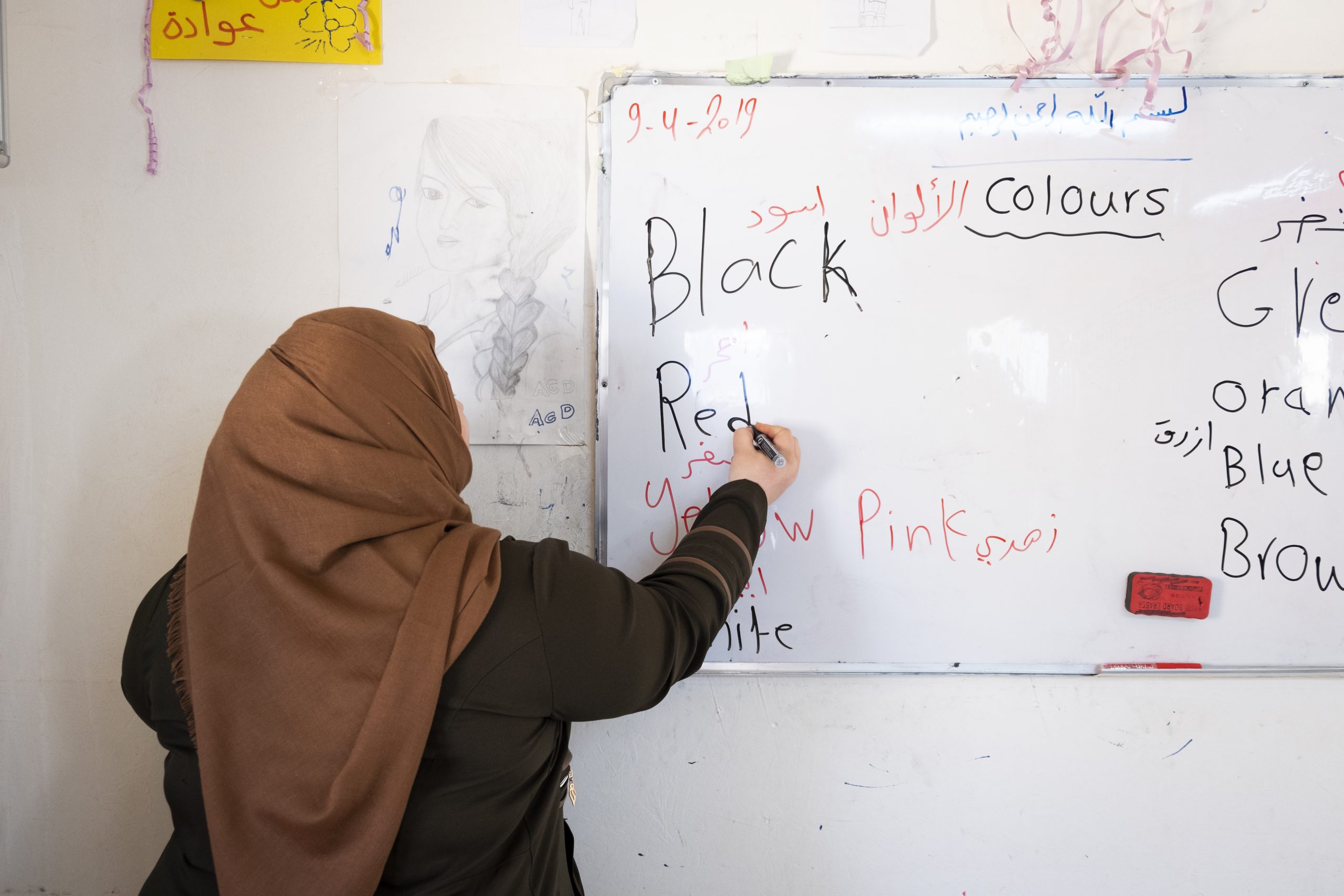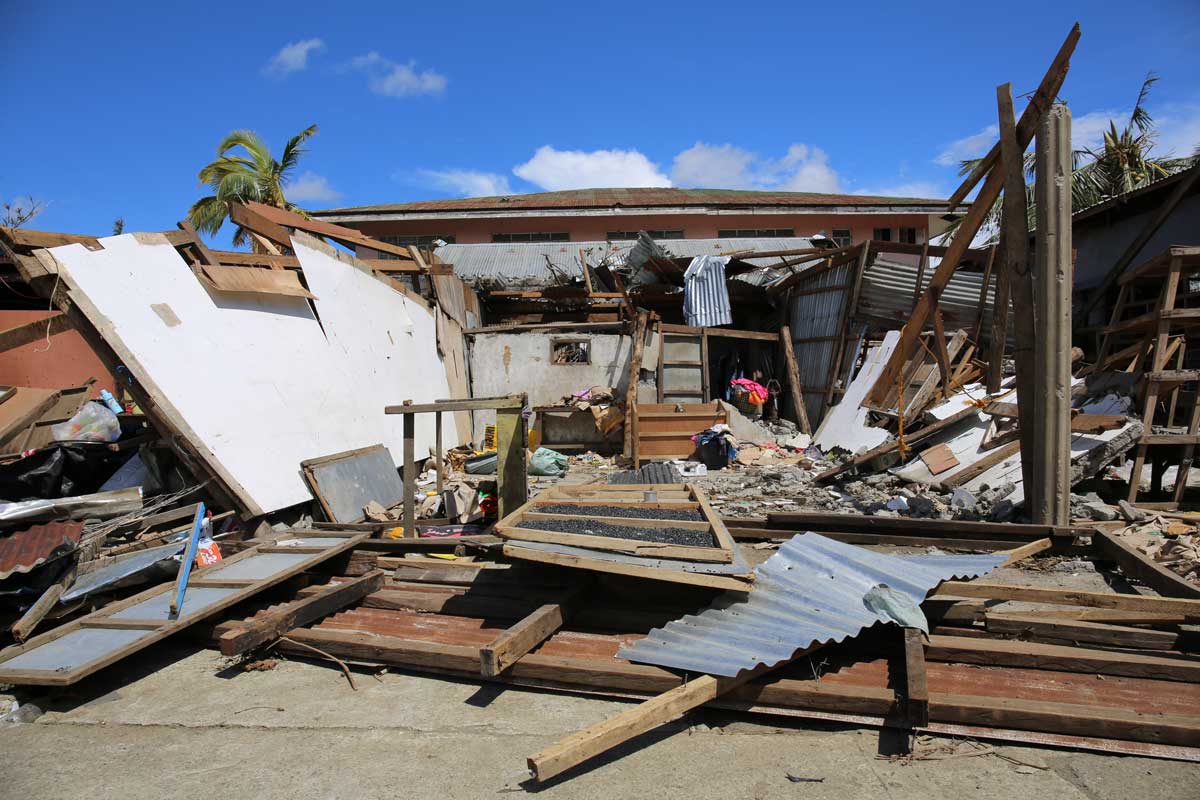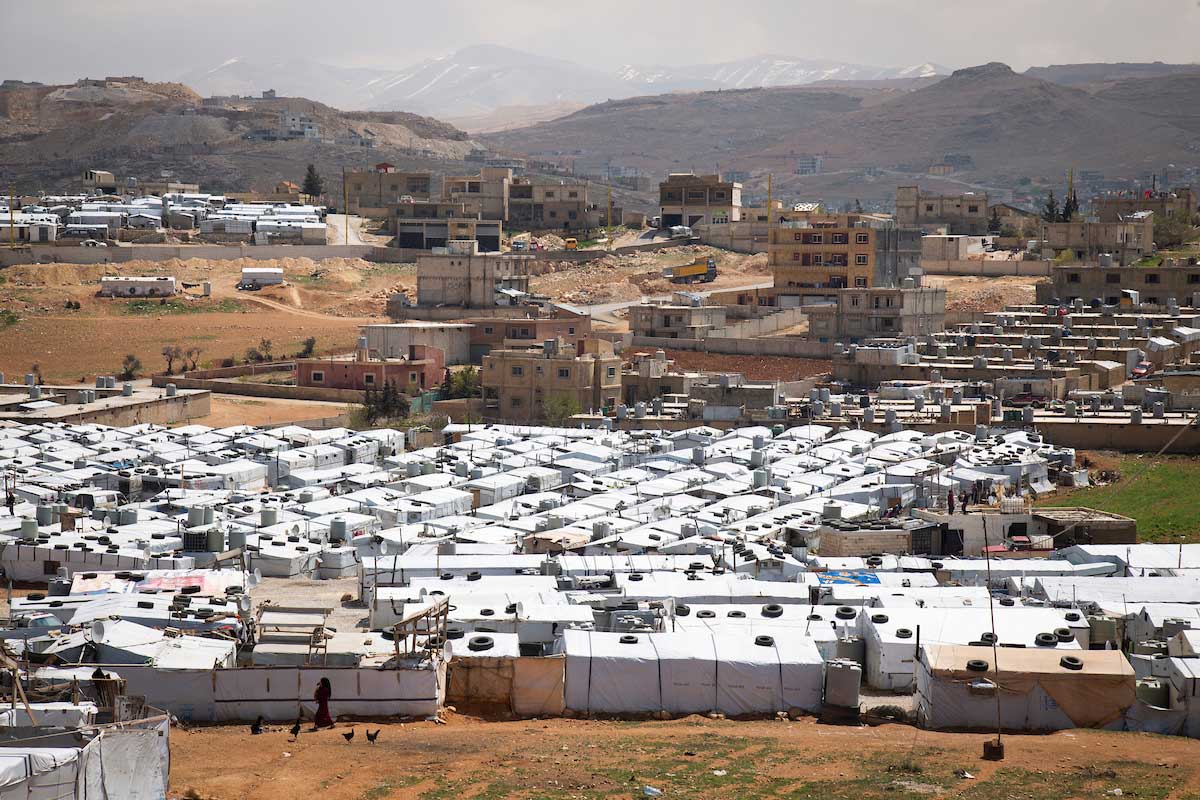People in fragile settings cope with risks that can include one or more of the following:
- Severely limited access to healthcare, education, sanitation, and other essentials
- Barriers to economic development such as lack of roads, public and private transportation, and access to information services such as the radio or Internet
- Poverty caused by environmental or political shocks
- Civil war, instability, and violence that create even more barriers to progress
- Chronic and acute environmental event (floods, droughts, earthquakes, etc.) and climate change impacts
- A weak private sector and non-functioning local markets
- Government that struggles to mobilize domestic and international resources to invest at adequate levels in social welfare programs
- Municipalities that lack the domestic resources, both human and financial, to invest in basic services
- Large number of forcibly displaced people, leading to the breaking of community safety nets and intense competition for scarce resources between displaced populations and local host communities
